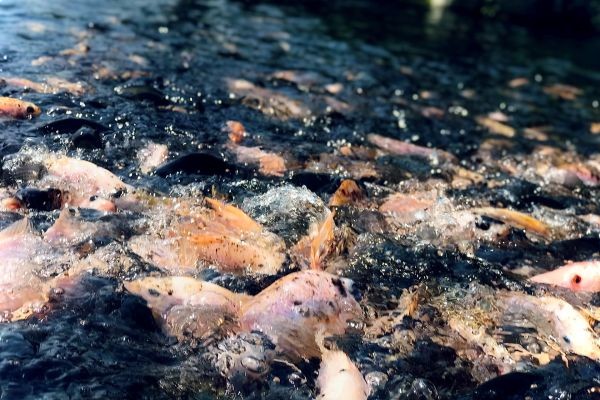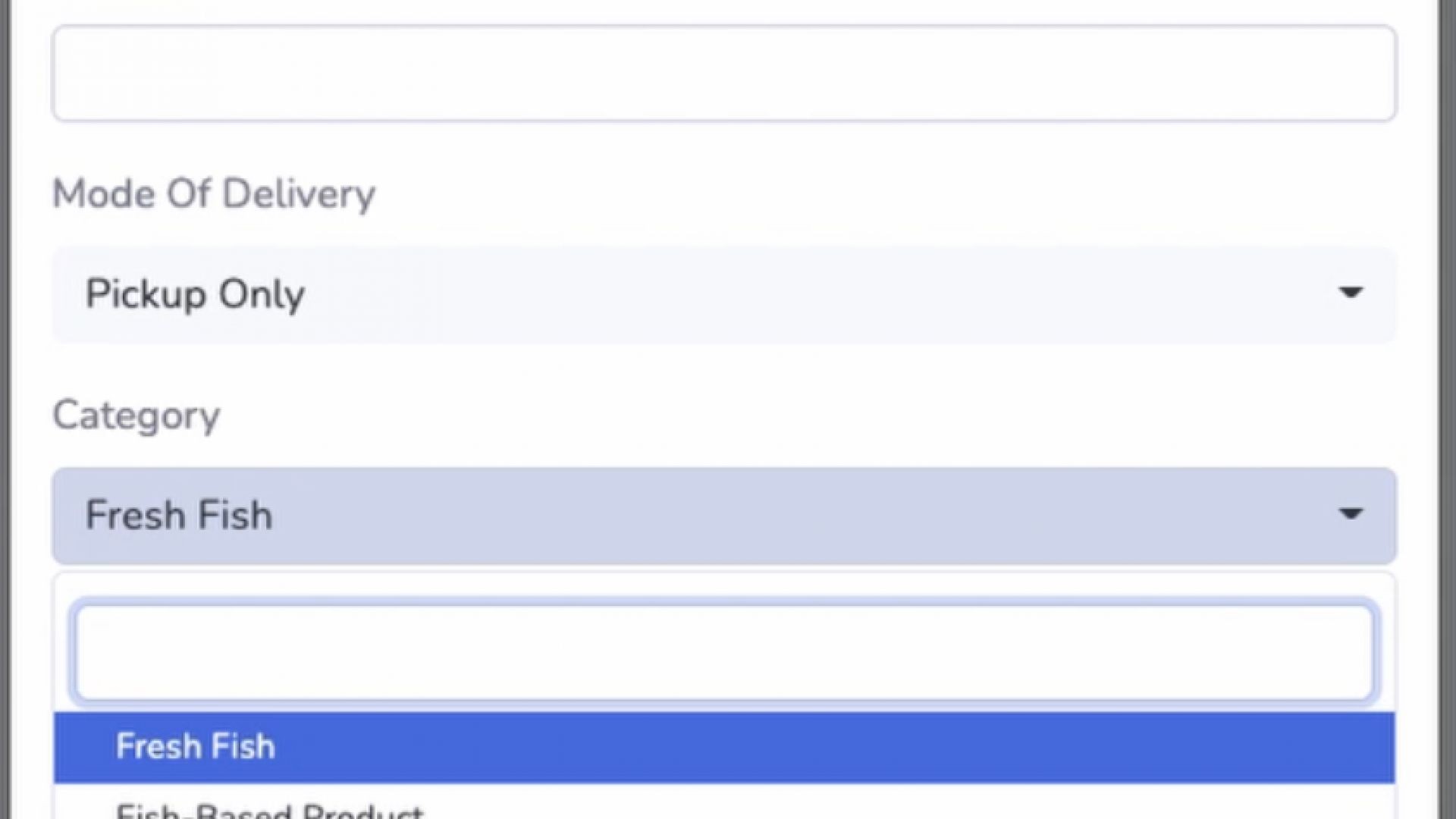According to the United Nations, the number of people who suffer from hunger began to slowly increase again. About 690 million people are hungry which makes up 8.9 percent of world population. If this current trend continues, the world will not be on pathway to achieve Goal 2 - Zero Hunger by 2030 and it is estimated that there will be 840 million people affected by hunger by 2030. United Nations’ Food and Agricultural Organization (FAO) calls for sustainable food system that involves major transformation in agriculture and food systems (including fisheries and aquaculture) to end world hunger and tackle food insecurity. Since the world population is growing, the demand for aquatic food product is also increasing. Ahmad et al. (2021) reveals that aquaculture has grown rapidly for food production globally, and its products make up a major source of protein for human consumption. The demand for fish from aquaculture is supported by the growth of population worldwide and the decline in capture fisheries (Rahman et al., 2019). According to the UN’s World Health Organization (WHO), one billion people rely on fish as their main source of animal protein. With the growing global demand for fish, aquaculture has a huge potential of bridging the gap between future demand and supply.
References:
Ahmad, et al. (2021). Aquaculture industry: Supply and demand, best practices, effluent and its current issues and treatment technology. Journal of Environmental Management, 287, 112271–112271. https://doi.org/10.1016/j.jenvman.2021.112271
Rahman, et al. (2019). Impact of management practices and managerial ability on the financial performance of aquaculture farms in Bangladesh. Journal of Aquaculture Economics & Management. https://www.tandfonline.com/doi/abs/10.1080/13657305.2019.1647578








